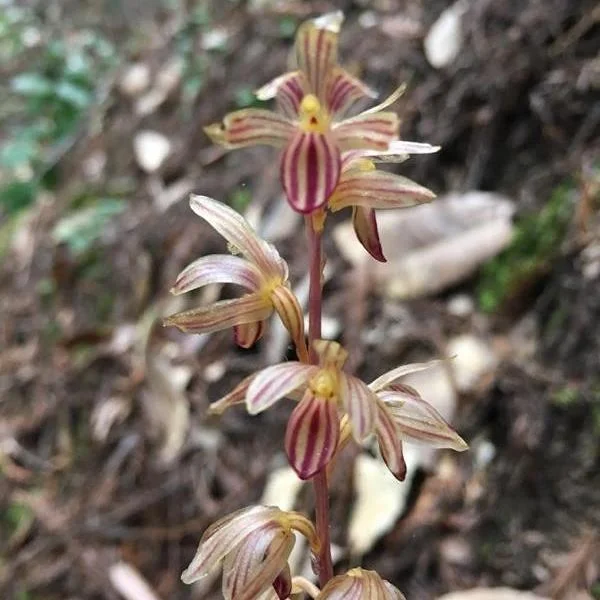The orchid family, Orchidaceae is enormous, containing 28,000 species. That’s just slightly more species than the population of Monterey, California. The species count does not include the 100,000 or so cultivars that have been bred by humans. California has only 31 native orchids (most of them live in the tropics). I didn’t realize that I had seen my first one.
Viewing entries tagged
evolution
‘Epiphyte’(“epi” = on top of; “phyte”= plant in Greek), is a fancy-sounding term for a plant that spends most or all of its life living on another plant, usually on a tree . You might think that an epiphyte is a parasitic plant, but it is not! These plants only use the tree as a support system and take no nutrients from the tree itself. They instead rely on rainwater to carry nutrients down tree bark or on collections of soil and detritus in the crotches of branches. Epiphytic plants are represented throughout the plant kingdom, including non-vascular plants (mosses, liverworts, hornworts) and vascular plants (plants that can conduct water).
As the Ordovician period progressed the environment changed. Atmospheric CO2 plummeted from 7000 to 4400 ppm and the Earth cools. This may have been partially caused by green, aquatic algae and land plants as they sucked and sequestered atmospheric CO2.




